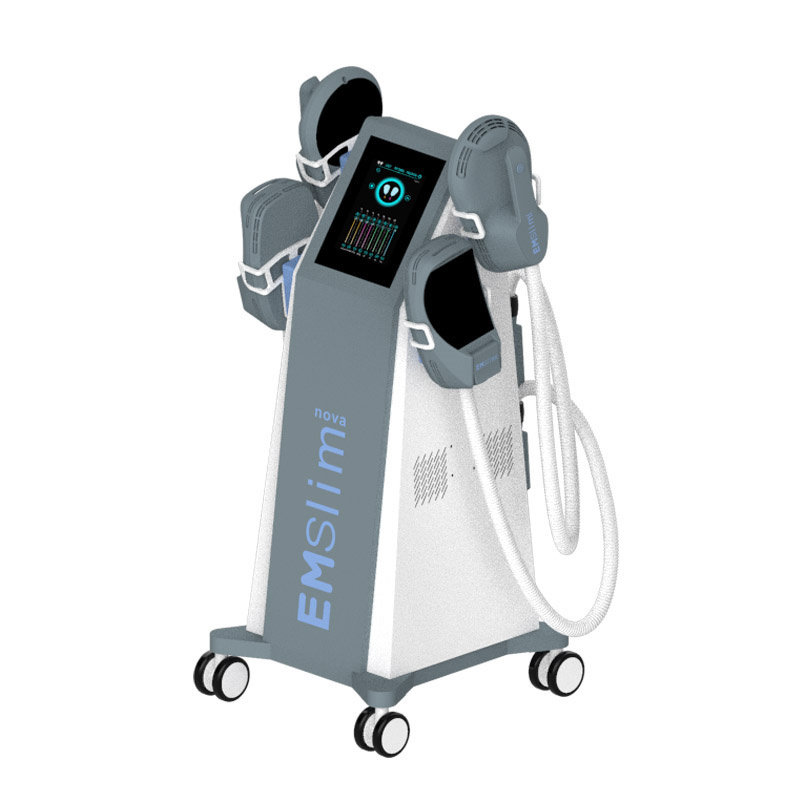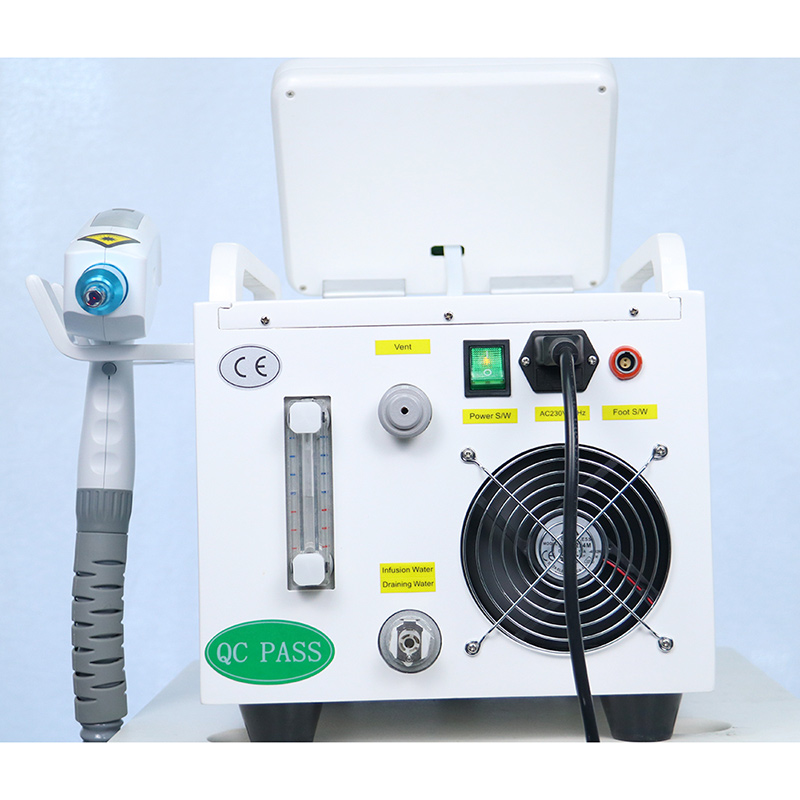Home » My Practice » Legal Advisor
Informed consent is a medical law principle that holds that a patient must have sufficient information and understanding before making decisions about medical care. In cases involving prescription drugs and medical devices, most courts follow the learned intermediary doctrine, under which a manufacturer’s duty to warn about adverse events is directed to the health care provider, not the patient. The health care provider can then explain the pros and cons of various options to the patient in order for the patient to make an informed decision. It enables the patient to understand benefits, risks, and alternatives to proposed treatment so that the patient and provider can collaborate on choice of treatment. Sometimes, of course, a patient may understand a certain risk but still be shocked when the negative result happens. Cool Sculpting Machine For Home Use

Ms B, a nurse practitioner, worked in a medical spa under the supervision of Dr M, the spa’s physician, for almost a decade. A large part of Ms B’s job involved using a CoolSculpting treatment, a device approved by the Food and Drug Administration that purports to freeze away fat without needing surgery. The manufacturer of the CoolSculpting device, Zeltiq Aesthetics, Inc, an AbbVie company, advertises directly to consumers even though the device must be administered by a medical professional. Many patients came to the medical spa seeking the CoolSculpting treatment.
The device uses a method called cryolipolysis, which involves applying extreme cold to freeze fat cells in targeted areas, such as the hips and lower stomach. This freezing technique induces the breakdown of fat cells, minimizing the appearance of fat that might not otherwise respond to diet or exercise. The device is applied to the patient’s targeted areas in cycles, with the intended result being a more sculpted look with less visible fat. In rare instances, however, the treatment causes paradoxical adipose hyperplasia (PAH), which is the exact opposite of what the patient was trying to achieve ― the fat grows rather than shrinks. In her time at the medical spa, Ms B performed the procedure approximately 4000 times and PAH occurred a handful of times.
Mr F came to the medical spa seeking treatment with the CoolSculpting device. The treatment was explained to him by Ms B who then provided him with a CoolSculpting consent form that warned of the risk for PAH. The consent form described PAH as a rare side effect constituting “an enlargement of fat in the service area of varying size and shape” that could occur in the months to a year after the treatment. The consent form also explained that PAH was unlikely to resolve on its own and would probably need to be removed via liposuction or surgery. Mr F signed the consent form and then underwent a total of 8 cycles with the device over 1 day in February and 1 day in May. Two months after his last treatment, Mr F noticed a mass forming in his lower stomach. He returned to the medical spa 5 months after the procedure where Dr M diagnosed him as having PAH.
After Mr F’s diagnosis, additional masses formed on both of his hips. He consulted with 2 plastic surgeons, who both confirmed the diagnosis of PAH. Both plastic surgeons recommended liposuction to treat it. Mr F sought the counsel of a plaintiff’s attorney and filed a lawsuit against the CoolSculpting manufacturer alleging a failure to warn about PAH. When the district court dismissed the case, Mr F appealed.
Of note, Mr F did not directly sue either Dr M or Ms B. Instead, he chose only to pursue a claim against the device’s manufacturer. We can only speculate that the reason was that manufacturers are generally seen as having “deeper pockets,” and thus this manufacturer was viewed as a better lawsuit target. Regardless, it was Ms B’s actions in this case that were under scrutiny.
On appeal of the failure to warn claim, Mr F argued that the manufacturer’s warnings were legally inadequate because they did not address the severity of PAH. He alleged that Ms B had never explained to him the risk for PAH before beginning the treatments. He pointed out that in her deposition Ms B had testified about a mistaken belief that patients who did not diligently follow post-treatment procedures were more likely to develop PAH.
However, the court pointed out that since this lawsuit was against the device manufacturer rather than the provider, the defendant manufacturer’s duty was not to warn the patient, but instead to warn the health care provider about rare side effects. A device manufacturer’s duty is to warn the “learned intermediary” (ie, the health care practitioner who prescribes the device) whose job it is to convey the warning to patients.
Thus, the court looked at what the manufacturer had done to warn health care providers about PAH, and whether the warnings were legally adequate to warn the medical professionals who administer the device about PAH. The court applied the standard of whether the warnings were objectively “accurate, clear, and unambiguous” and concluded that they were. The manufacturer warned medical professionals, including Ms B, about PAH in both its user manual and training session materials. Ms B testified in her deposition that she had reviewed the user manual prior to using the device on Mr F and was aware that PAH was a rare adverse effect.
Mr F argued that Ms B’s mistaken comment about PAH resulting from improper follow-up procedures showed that she didn’t completely understand it; however, the court held that any misunderstanding on Ms B’s part did not make it unreasonable for the manufacturer to rely on learned intermediaries. The court found that the warnings conveyed by the manufacturer to the clinicians were legally sufficient. The case was dismissed.
Ms B was probably fortunate that she was not personally sued. If she had been, then her confusion about the cause of PAH would have become a greater issue. In Ms B’s favor would have been the consent form that she had Mr F sign, which stated the possible side effects. However, the fact that she neglected to note in her records that she had verbally warned the patient of PAH would be a great negative since Mr F ultimately claimed that she never told him. Cases involving warnings can often turn into a “he said, she said” situation, which is why it is essential to make a note in the patient’s record.
Ann W. Latner, JD, a former criminal defense attorney, is a freelance medical writer in Port Washington, New York.
Continuing Medical Education (CME/CE) Courses
Please login or register first to view this content.
Copyright © 2024 Haymarket Media, Inc. All Rights Reserved This material may not be published, broadcast, rewritten or redistributed in any form without prior authorization. Your use of this website constitutes acceptance of Haymarket Media’s Privacy Policy and Terms & Conditions.
You’ve read {{metering-count}} of {{metering-total}} articles this month.
We want you to take advantage of everything Clinical Advisor has to offer. To view unlimited content, log in or register for free.
Want to view more content from Clinical Advisor?
Register now at no charge to access unlimited clinical news with personalized daily picks for you , full-length features, case studies, conference coverage, and more.

Contouring Machine Please login or register first to view this content.